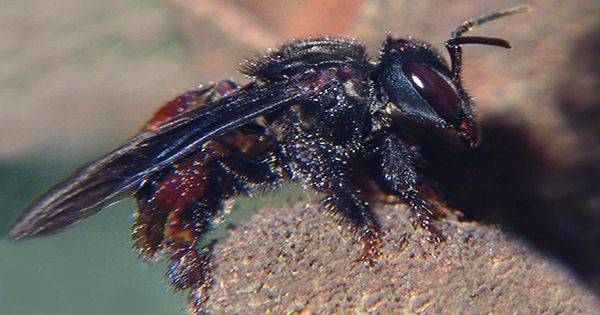Thanks to a novel algorithm that decodes the animals’ vocalizations to show their emotional condition, scientists have finally learnt to speak pig. The authors of the study explain how they taught an artificial intelligence system using 7,414 recordings from 411 pigs to distinguish which grunts, squeals, and oinks reflect joyful thoughts and which express negative emotions in the journal Science Advances. “In a statement, research author Associate Professor Elodie Briefer remarked, “With this study, we demonstrate that animal noises give considerable insight into their moods.” “We also show that an algorithm can be used to decode and interpret pig emotions, which is a significant step toward improved livestock welfare.”
Pigs, like all mammals, have a number of limbic regions in their brains that are linked to emotion. However, the ability of animals to experience sophisticated emotional states is still a contentious issue. Scientists anticipate that by attempting to answer this issue, they will be able to improve farmers’ ability to care for their cattle, particularly by keeping track of their mental wellbeing. To that goal, the researchers recorded the sounds generated by commercial pigs of various ages in a variety of scenarios that evoked both good and negative feelings.
Piglets suckling or pigs reunited with family members after a time of separation, for example, were documented as examples of joyful vocalizations. Castration, fighting, and slaughter, on the other hand, were emotionally unpleasant occurrences. The recordings were made in 19 distinct contexts, illustrating the whole spectrum of events that farm pigs face during their lives. Some of these experiments were conducted in experimental stables, where animals were exposed to a variety of unique situations, such as the ability to interact with strange items.
Previous research has found that when piglets are disturbed, they make more high-pitched sounds, and the findings of this study appear to back up this theory. Higher-pitched squeals and screams were particularly common in negative situations, but low-frequency grunts were heard in both negative and positive situations. When pigs were content, all sounds, whether low or loud, tended to be shorter in duration, whereas negative emotions were frequently linked with vocalizations that varied in amplitude.
“When we look at good and negative conditions, there are noticeable changes in pig calls,” stated Briefer. “In favorable conditions, the calls are much shorter, with small amplitude variations. Grunts, in particular, start out loud and progressively go quieter.” “We can categorize 92 percent of the calls to the proper mood by training an algorithm to detect these noises.” Briefer claims that her team’s algorithm, which successfully deciphered the emotional content of pigs’ grunts, might now be used to build a smartphone app that allows farmers to analyze the noises generated by their animals.
















